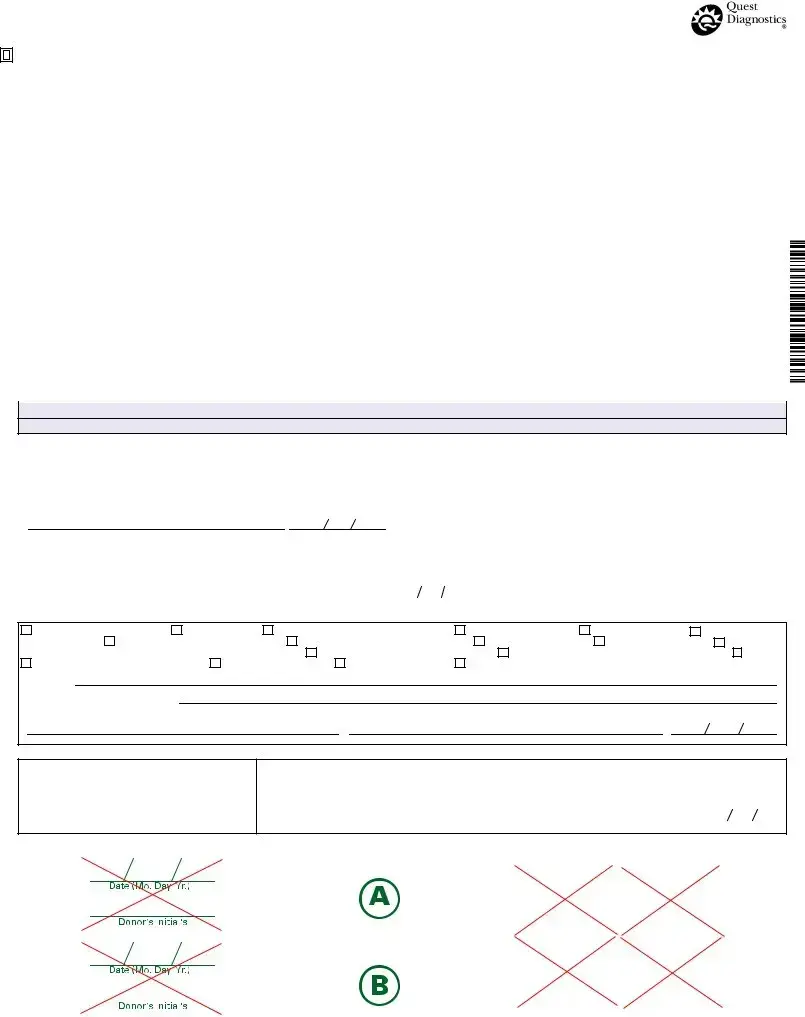What is the purpose of the Federal Drug Testing Custody and Control Form?
This form is used to document and ensure the integrity of the process when a drug screen is conducted. It tracks the specimen from the time it is collected until the analysis is completed. This includes documentation by the collector, the delivery to the testing facility, analysis by the testing facility, and the reporting of the results. This process ensures that the specimen is properly handled and unaltered throughout the testing procedure.
How is the specimen collected and what types of drug tests are performed?
Specimens are collected by a trained collector who ensures that the collection process meets federal requirements, including the correct temperature range (90° to 100° F) within 4 minutes of collection. The types of drug tests to be performed can include, but are not limited to, substances like THC (marijuana metabolite), COC (cocaine metabolite), PCP, OPI (opioids), AMP (amphetamines), and others as specified by the employer or the testing authority.
What does the "Reason for Test" section cover?
The "Reason for Test" section indicates the specific reason why the drug screen is being conducted. Options include pre-employment screening, random testing, reasonable suspicion/cause, post-accident testing, return to duty, follow-up, among other specified reasons. This helps clarify the context of the test for all parties involved.
What happens if the specimen temperature is not within the required range?
If the specimen's temperature is not within the required range of 90° to 100° F within 4 minutes of collection, the collector must enter a remark on the form. This may indicate potential issues with the sample's validity, leading to further investigation or a request for another specimen to be collected and tested.
Can you explain the chain of custody process documented on this form?
The chain of custody process is initiated by the collector, who ensures that after the specimen is collected, it is correctly labeled, sealed, and then released to the delivery service noted on the form (e.g., Quest Diagnostics Courier, FedEx). This process is meticulously documented to confirm that the specimen handed over to the testing facility is the same as what was collected and that it has been securely transported and received without tampering.
What does it mean if a specimen is marked as "REJECTED FOR TESTING," "ADULTERATED," or "SUBSTITUTED"?
If a specimen is marked as "REJECTED FOR TESTING," it indicates that there was an issue that prevented it from being tested, such as improper labeling or damage during transport. "ADULTERATED" refers to a specimen that appears to have been tampered with, in an attempt to manipulate the test results. A "SUBSTITUTED" result suggests the specimen does not have characteristics of human urine, indicating potential cheating in the test process. In all these cases, further action will be required, potentially including the collection and testing of a new specimen.

